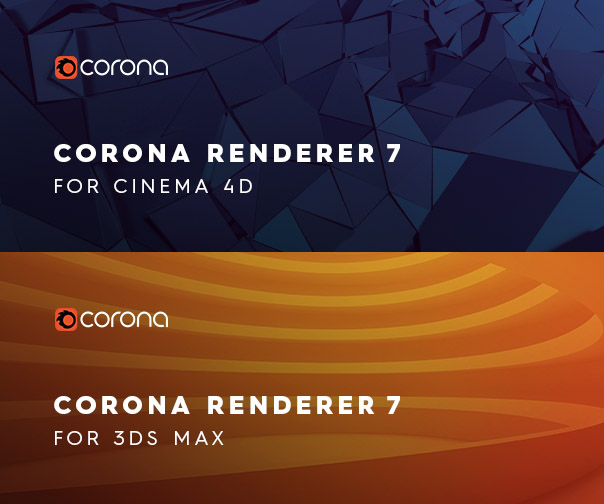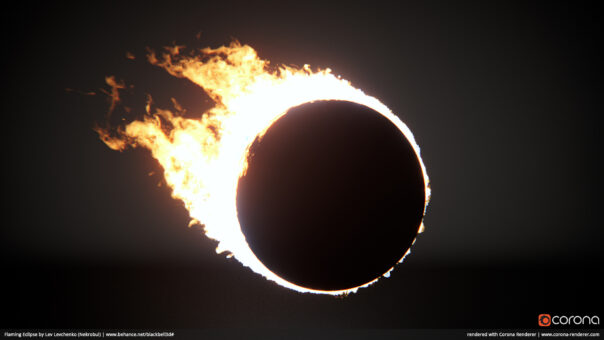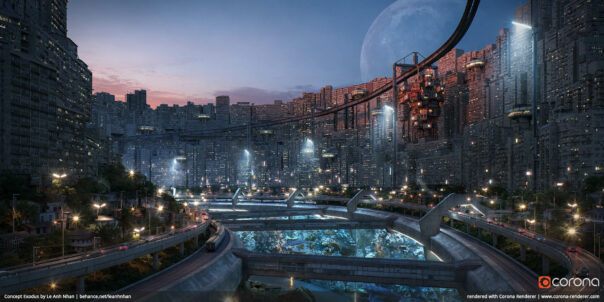
We love featuring the work of our users on our blogs, but we also want to return to giving you behind-the-scenes access to what is happening here at Corona Renderer HQ. This is the first in a series of ongoing articles welcoming you in to our development process!
Corona Renderer 6
Usually, we have a version released around the middle of the year, and our original expectation was that Corona Renderer 6 would be out sometime in June. No doubt you’ll have noticed that did not happen unfortunately, due a combination of factors.

2020 was of course a very disrupted year for everyone, and that did not spare our development teams. We had to transition to working from home to protect everyone’s health, and although we were well-placed to do that, it still brought some inevitable disruption.
We also discovered that it was going to take longer to lay the groundwork for Corona Renderer’s future than we had expected (more on some of those plans later!)
Then we had some features in development which took longer than anticipated. One example was the 4K Cache, where thorough testing by us and our users turned up cases where it did not perform as expected. That meant it took more development time than we had planned (and in fact it remained as Experimental only rather than the new default, as we were not able to solve all those cases before release).
The above factors meant we had to shift some planned features out of Corona Renderer 6, and even with that done, it still took longer to complete version 6 than we had expected.
(Another and very much happier contributing factor was several team members having to take time off due to the arrival of four Corona babies – you can meet three of the new arrivals here! We strongly believe in a good work-life balance, so naturally newborns had to take priority!)
New Foundations
As mentioned, there was a lot of foundational work done in Corona Renderer 6. There were two details on the roadmap that may not have stood out at first glance, but which will mean a lot to you as we move forward – those were the new Standalone format, and the increased compatibility of Corona materials between 3ds Max and Cinema 4D.
Over the long term, the work on these two items are going to open up new benefits for you, let’s take a look:
- Almost full support of 3ds Max features in the new Standalone, such as 3ds Max native maps, better support for hair and particles, exporting pre-displacement meshes
- Faster development (which means we don’t have to spend so much time on updating the Standalone, and can put our development time into Corona features instead)
- The improved standalone format opens up the potential for it to be utilized with exporters from other platforms such as Blender (we are thinking about helping the development of the third-party open source Corona Exporter from Blender)
- Increased ability to move scenes between 3ds Max and Cinema 4D (longer term)
- Linux support from the Standalone (longer term)
- Cloud rendering such as Chaos Cloud, and other 3rd party cloud providers (longer term)
In More Detail

All the above took a lot of work from us, as the old Standalone format had several problems.
First, the Standalone was originally created mostly to speed up developer debugging so that we didn’t have to launch a full version of 3ds Max many times in a row to debug some issue in the rendering code – so it wasn’t really focused on benefits to you.
Due to that bias, it only had limited functionality and didn’t receive a lot of development attention in the past. Times are changing though and there are several new use cases emerging so it was time to make some serious updates to the Standalone to meet those needs.
Next, the old Standalone format was handmade. This meant that whenever a new parameter was added to Corona, we had to write lines of code to export it in one place, write lines of code to import it in another place, and then manually update the documentation. It also meant that sometimes it took us a long time to support some new maps and materials in the Standalone, due to the work involved.
This handmade format was also optimized for human readability, which actually made the writing the code for export and import more complex.
For those reasons, we have completely reworked the Standalone format. This did mean dropping backwards compatibility with the old format, but now when a new material or map property is added to Corona, it is automatically included in exports and imports. We’re also working on automatically generating documentation. That means we won’t need to devote development time to updating it, and can focus on Corona Renderer features instead.
We’re also working on robust versioning to avoid future changes breaking backwards compatibility again.
All that then adds up to us now being positioned to look into bringing that earlier list of benefits to you, as well as others in the future.
Still In Progress
All of this is still in progress, so keep an eye on news from us to see how things progress! As noted, we are considering helping with the development of the exporter from Blender now that the Standalone is more feature complete and efficient.
We’re also considering merging the Corona Image Editor and the Standalone into a single package (which would further reduce the amount of code we need to maintain, again freeing us to focus on other development tasks).
Out there in the longer term, the Cloud-enabled Standalone will have usage based pricing as you would expect, but that is a while off yet and we’ll have more details for you once time gets closer to begin development on that aspect of the Standalone.
Corona Renderer 7

With version 6 being several months later than planned, we were left with a difficult but critical decision – do we aim for a second release this year as we usually do, but with very little time to develop and test it? Or do we take more time so we can add all those features we had planned for 6 plus the new features we planned for 7?
We’ve chosen the second option, because we believe each version of Corona should bring significant benefits with it, so we did not want to chop down the feature list, and we certainly didn’t want to rush development or cut back on testing.
This means that Corona Renderer 7 is due in the second quarter of 2021 (although of course daily builds will be available for those who want to test features early – in fact, there’s already a daily build of 7 for Cinema 4D).
Future Blogs!
We’ll stop here for now because we don’t want this to be too lengthy. However, in the next few weeks we’ll have another blog exploring some of the things we are working on for Corona Renderer 7, such as new tone mapping and a new PBR material (actually, some of the work had already started on those and other features which we had originally planned to have in Corona Renderer 6, so we have a head start there).
We also want to share another blog post talking in general terms about how we handle development, covering such things as how we decide what features will go into a particular version, how those plans can unexpectedly change, and so on.
As well as those two specific posts, expect blog posts from us every few months to keep you up to speed on what the development teams are up to.
Useful Links
We also want this to be a dialogue, not a monologue! So get in touch with us:
- Keep up with the daily builds for 3ds Max and Cinema 4D (see the latest changes, get the latest version, and report your feedback)
- Request features for 3ds Max and for Cinema 4D versions of Corona Renderer
- Share your thoughts about the Standalone and Blender
- Check on the latest plans at the tentative roadmaps for Cinema 4D and 3ds Max
We look forward to sharing more development news with you in our next blog very soon!




Beautiful, this is what we want!
Glad you enjoyed it! Should be one more next week, then every 4 to 8 weeks after that if all goes to plan, so we’ll take you all onboard during the development cycle!
Thanks so much for sharing 🙂 Love how open you guys are about everything!
Thanks! We hope to increase that openness with this series – always great to reveal as much as we can about everything that goes into the development cycle!
Super stoked we may be getting Corona Renderer for Blender soon!
Hopefully it doesn’t dampen your excitement, but specifically “we may help with the development of the exporter”. This means it will still be the exporter approach (in case you were thinking of anything else), and we’d only help with it, not take it over (so it would likely remain a third party product).
Still good news:
1 -Corona is a heck of a renderer
2-Some of us are (ok, I am) moving away from Windows and Autodesk.
3-Blender is now human-intelligible and Linux has more friendlier distros than ever.
Having Corona (even as a standalone) in this environment sounds like a dream.
You can create your own Corona Blender product based on Blender and sell it under your license, just like E-Cycles does.
Blender now has a long-term version of the LTS, so you won’t have any problems with frequent updates.
Two great news in this post: the possible support to an exporter for Blender, and the new PBR material coming. The future looks bright, looking forward to using again Corona in Blender! 🙂
Looking forward to Corona for Blender! This will be what so many are waiting for.
Looking forward to Corona for Blender! This will be what so many are waiting for.
Looking forward to Corona for Blender! This will be what so many are waiting for.
Sorry, there are no plans to develop Corona for anything other than the two applications we currently support (3ds Max, and Cinema 4D).